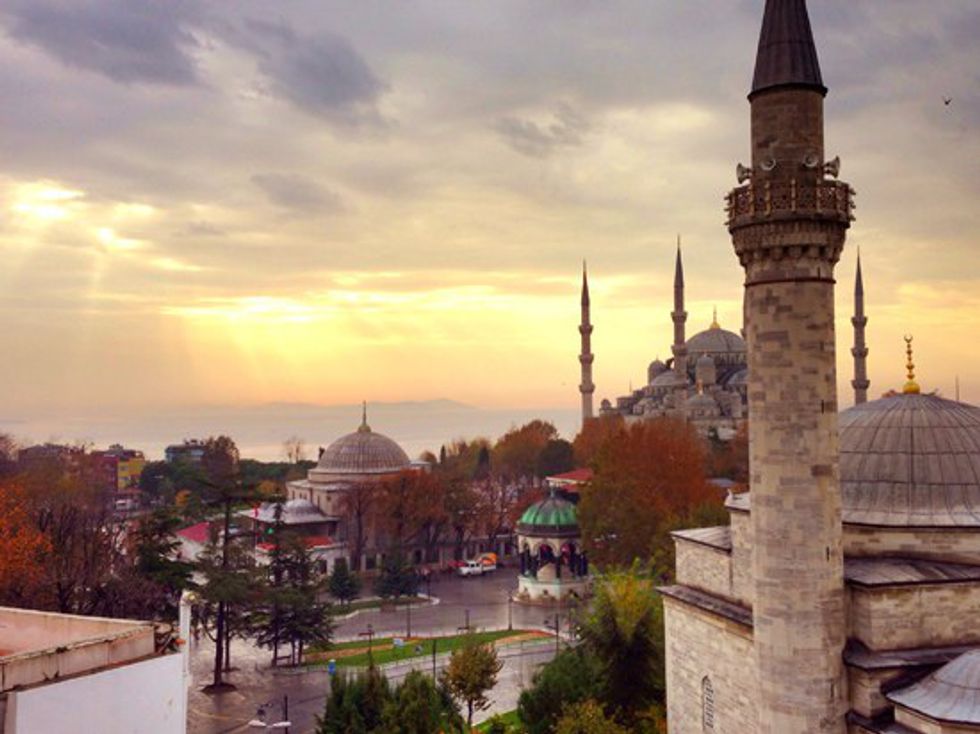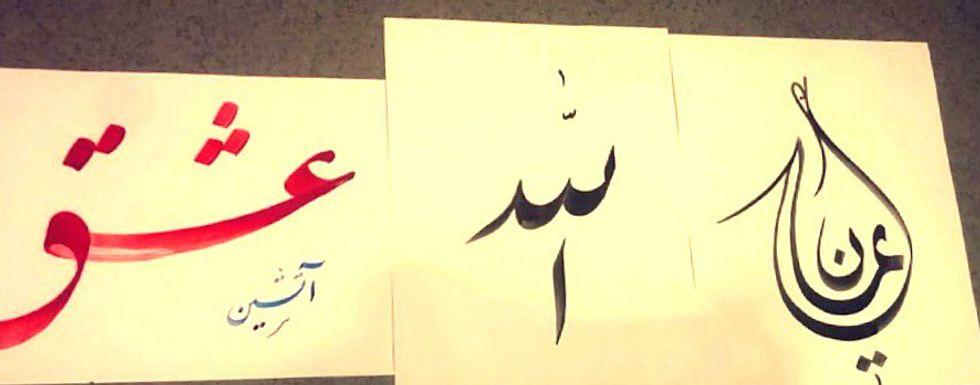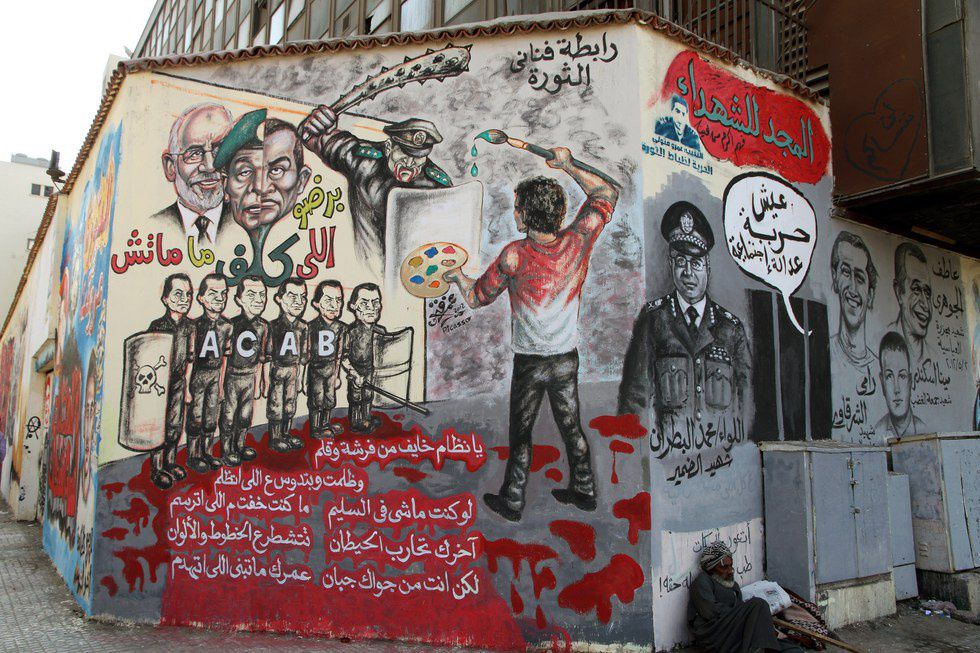Inside you there's an artist you don't know about...
~Rumi
As someone who has always been fascinated by Islamic Art, as of late I have been studying it a fair amount. As I delve deeper into understanding the culture of the Middle East, I have become entranced by the art - visual and performed - that has informed the history of the Middle East over many centuries. However, this article is not solely about Middle Eastern art, but about the resilience of art in war torn areas: art as a weapon.
A few months ago by chance, I happened to come across a middle-aged Iraqi gentleman. He was a calligrapher. He had a brusque exterior appearance as though he had spent hours in the sun lifting heavy boulders, he seemed incapable of even holding a delicate calligraphy pen. But when his hands traced the bamboo reed across the chemically treated parchment he created the most beautiful script I have ever had the good fortune of being able to watch come alive. This man told a story that has been resonating deep within my intellectual recesses ever since. The story went something like this:
"I grew up in Iraq where I picked up calligraphy as a boy. We had access to all the tools - the paper, the ink, the pen - they were easily available and my friends and I would sit and draw as a hobby. But when the United States invaded Iraq we were forced out of our homes and found shelter in a refugee camp in Saudi Arabia. The situation at this camp was bleak. Our conditions abysmal. But my passion for calligraphy endured. My friends and I would roll the tabs on top of cans and use them as pens, flatten out old cigarette cartons to use as paper and our coffee was our ink. In this manner, we practiced and practiced and perfected our art. Despite the bleak conditions we were in, our art gave us happiness and hope."
This story immediately made me think of the power of art as a stimulant for the masses. Why is it that revolutionaries write music, creative literature, sing songs and jingles, make films, draw graffiti? Because art has the power to capture the imaginations of the masses. It can bring hope, it can reveal the truth, it can carry promise. Through art, people can vicariously live a glorified past, and demand a better tomorrow. I was immediately reminded of the Tahrir Square crusaders who even organized a concert, where Ramy Essam sang "The Real Revolutionary Song" and called for the downfall of Mubarak's regime. There seems to be a solidarity in art because it is steeped in culture, a culture that is usually shared by those suffering in these war-torn regions, but what makes artistic resistance unique is that it also has the malleability to shape itself in clever ways to critique the status quo and highlight injustice. It evolves with the times.
Unfortunately, we live in a world where every other day we hear of terror groups destroying ancient works of art and architecture which have immense historical value and significance. The way contemporary art informs contemporary political movements, ancient and medieval art and architecture are similarly reflective of layers of history and politics as they stand testament to battles won and lost in the past, social revolutions, and cultural evolution and can potentially become inspiration for present-day activism. For students of history, this loss is second only to the thousands of innocent lives lost to unwarranted violence. However, time has shown us that art weaves itself into culture which exists in the minds of people, and slowly but surely, the culture evolves.
No, people are not "inherently sheep," people are inherently creative, and in search of an idyllic life. When the imagination of a people comes together, physicality becomes but futile. What remains is history. And history will tell the tale of how the collective imagination of a citizenry overcame the brunt of the bullet. Again. And again. And again.














































